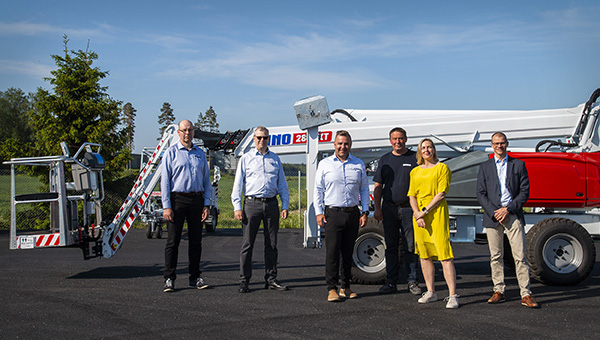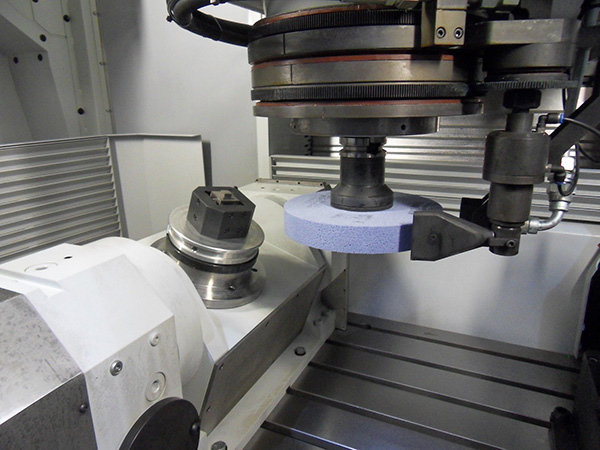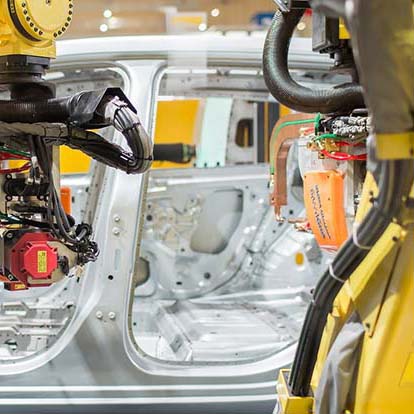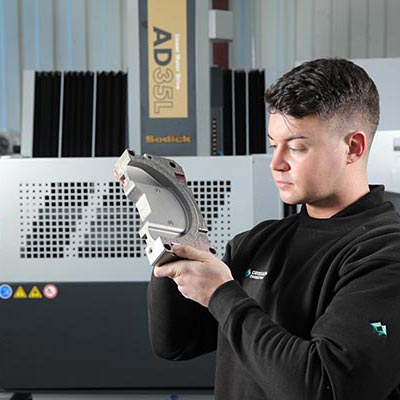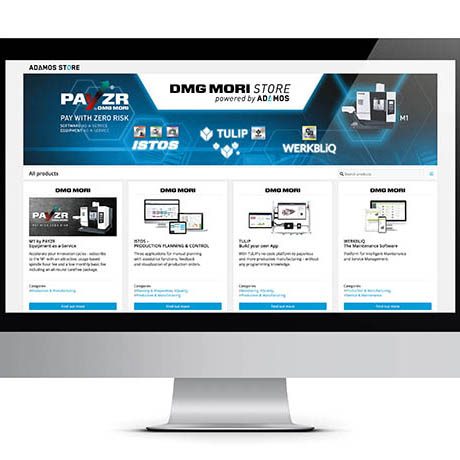
Belfast-based Crossen Engineering, a specialist in both toolmaking and parts production for injection moulding and pressing/stamping operations, has invested in a new Sodick AD35L spark-erosion machine from Sodi-Tech EDM. The machine, which arrived in December 2020, is now busy producing mould and press tools for a range of important medical projects.
“Medical work has high demands in terms of accuracy, complexity and turnaround time, which we know from experience is ideally suited to the attributes of Sodick machines,” explains managing director Paul Crossen.
The medical sector is proving resilient for Crossen Engineering. Among current projects is the manufacture of aluminium prototype mould tools for colostomy draining solutions, walking aids to improve mobility among arthritis sufferers, and bespoke wheelchair parts for children with disabilities.
“Also, during the pandemic, the demand for PPE has been strong,” says Crossen. “For instance, we’ve already made three injection mould tools for face shields, producing the finished parts on site. We received an order near the beginning of the pandemic to supply 70,000 face shields a week to our local NHS facilities as part of the HeroShield project, which is still running, but on a reduced level.”
The Sodick AD35L was an ex-demo model that arrived on site in Belfast within four weeks of order placement.
“Since installation, the machine has been busy producing mainly medical moulds, both prototype and production [aluminium and tool steel],” says Crossen. “P20 tool steel was used for the mould that makes the mobility product, for instance. The level of surface finish we require, along with mould complexity, means the AD35L is a great solution.”
For further information
www.sodi-techedm.co.uk







